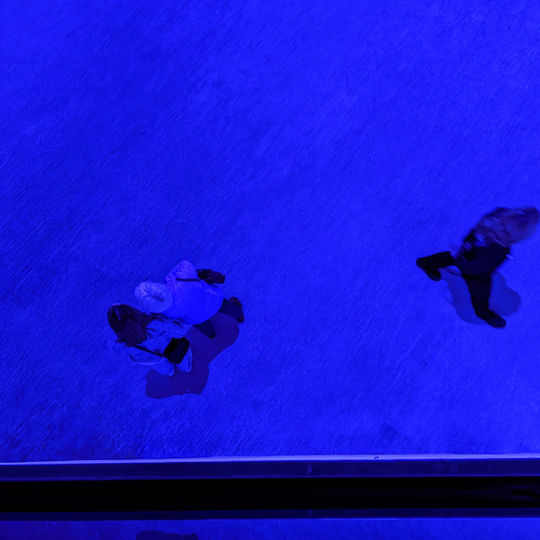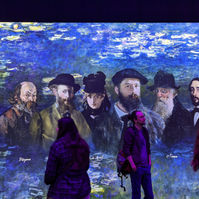Click the images for full size
Immersion at the Lume
Often in my work designing experiences for others I am caused to question what an experience really is.
Can we ever know what someone else’s experience is like?
No, I don’t think so.
[”We live as we dream - alone.” - Joseph Conrad, Heart of Darkness]
The best we can do is have a shared fact with someone - like all going to the same exhibition - and discuss it afterwards.
That’s why my design practice for corporate clients regularly includes immersions. Immersions take someone out of their normal, put them in something unusual (and safe) for a small time, then give them space to digest and discuss.
It’s in the discussion that the real stuff comes out: how you see the world, how I see you, how we can work together. A shared experience, and (crucially) the safe environment to discuss how we feel about it, is the fastest way to flex the empathy muscle.
Seeing something from someone else’s point of view is a critical skill - just for life, but for work too. The people I design for are usually in high pressure environments that squeeze all the human out of them.
Sending them to an exhibition then chatting about it afterwards can be hugely transformational and informative. It can give people an excuse to tap into parts of themselves they usually wouldn’t in the context of work… which is usually what’s been asked of them in a leadership development context. Usually those parts beaten out of them by ‘the system’ are the things more felt than thought.
At their best, immersions like this one give space for feelings to come back when they’ve been chased away.
Plus, this one was an interesting example of the successes and limitations of immersive light and sound installations.
Want to know more?






























